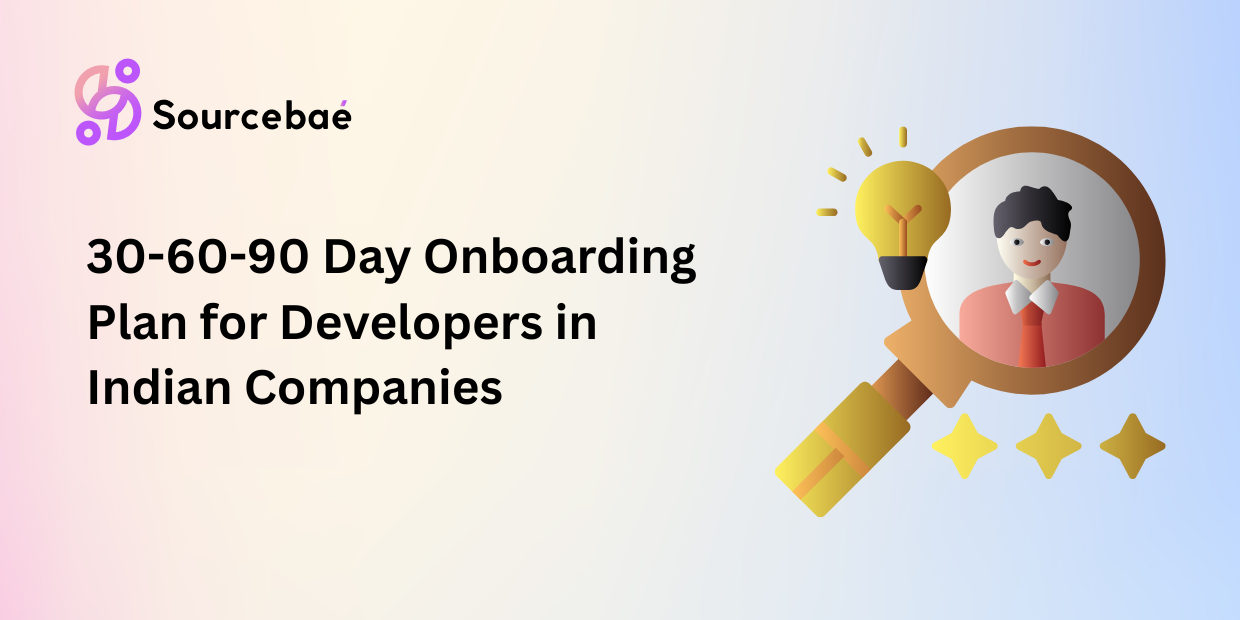What is Full Cycle Development Web Development Process?
Embarking on a web development journey involves navigating the Full Cycle Development Web Development Process. This comprehensive guide is here to shed light on every stage, from conception to launch, providing a roadmap for developers and enthusiasts alike.
Full Cycle Development Web Development Process refers to the entire lifecycle of creating a website or web application. It encompasses planning, design, development, testing, deployment, and maintenance. This intricate process ensures a robust and functional web product that meets its intended purpose.
The Full Cycle Development Web Development Process is crucial as it ensures a systematic and efficient approach to web development. It facilitates clear project goals, organized execution, and high-quality results, leading to a successful web solution.
The Stages of Full Cycle Development Web Development Process
| Stage | Description |
|---|---|
| 1. Requirements Analysis | Understanding project objectives and user needs. |
| 2. Planning and Strategy | Defining project goals, timelines, and resources. |
| 3. Design and Wireframing | Creating the visual and structural blueprint. |
| 4. Development | Writing code and building the website or application. |
| 5. Testing and Quality Assurance | Ensuring the product meets quality and functionality standards. |
| 6. Deployment | Launching the web solution for public access. |
| 7. Maintenance and Support | Post-launch updates, enhancements, and ongoing maintenance. |
Streamlining the Process
Efficiency is key in Full Cycle Development Web Development Process. Each stage must be meticulously executed to ensure a smooth transition into the next, ultimately leading to a successful web product.
FAQs
What role does Requirements Analysis play?
Requirements Analysis forms the foundation, helping developers understand project expectations and align efforts accordingly.
How does Planning and Strategy impact the process?
Planning sets the trajectory of the project, defining the roadmap and ensuring all resources are utilized optimally.
Why is Testing and Quality Assurance vital?
Testing guarantees a bug-free and user-friendly web solution, enhancing its credibility and functionality.
Can you elaborate on the Deployment stage?
Deployment involves making the website or application live, allowing users to access and utilize the product.
What does Maintenance and Support encompass?
Maintenance involves continual updates and enhancements to keep the web product up-to-date and relevant to users.
Why is the Full Cycle Development Web Development Process essential for success?
It guarantees a methodical approach, resulting in a high-quality web solution that aligns with user expectations.
Conclusion
Understanding the Full Cycle Development Web Development Process is pivotal for anyone involved in web development. This guide illuminates the stages and nuances, helping you navigate this intricate journey successfully.
READ MORE: Why Should I Hire Software Developers From India?




